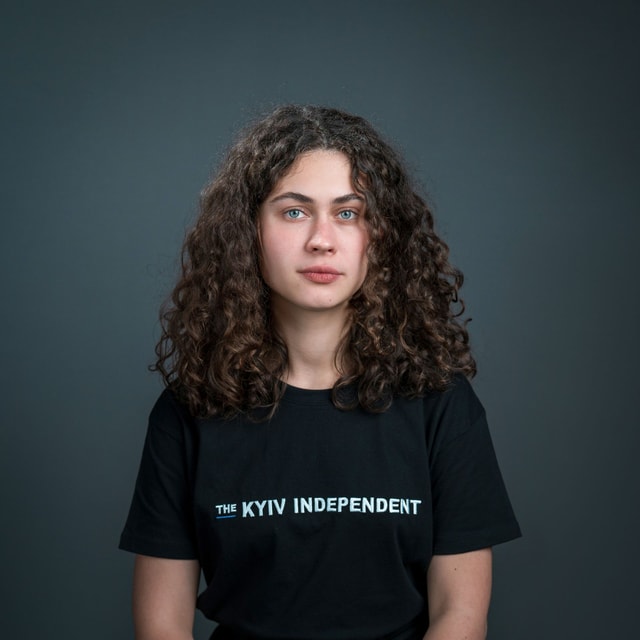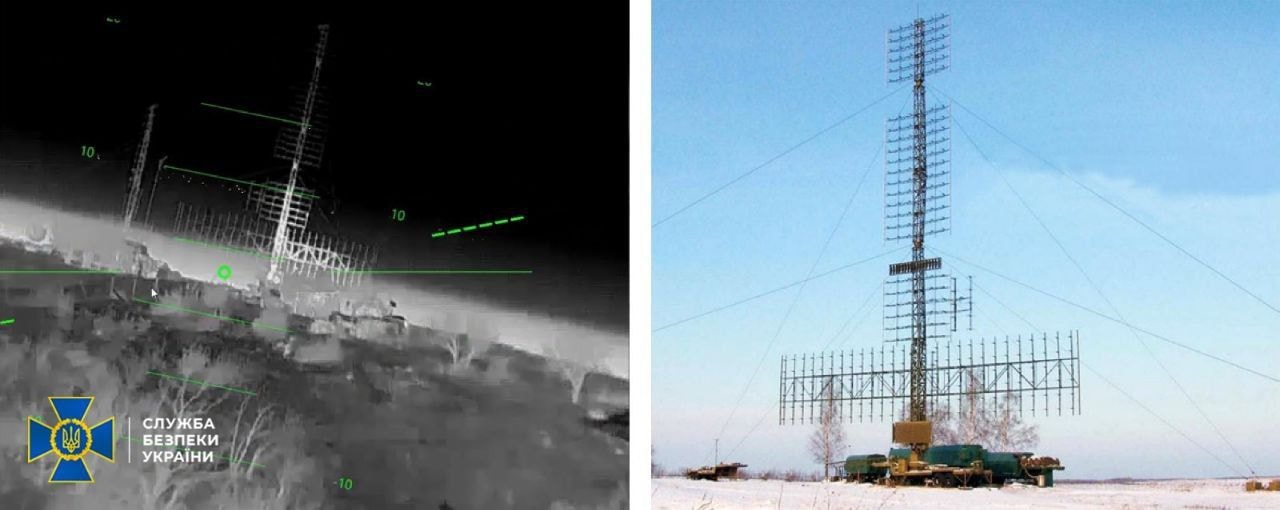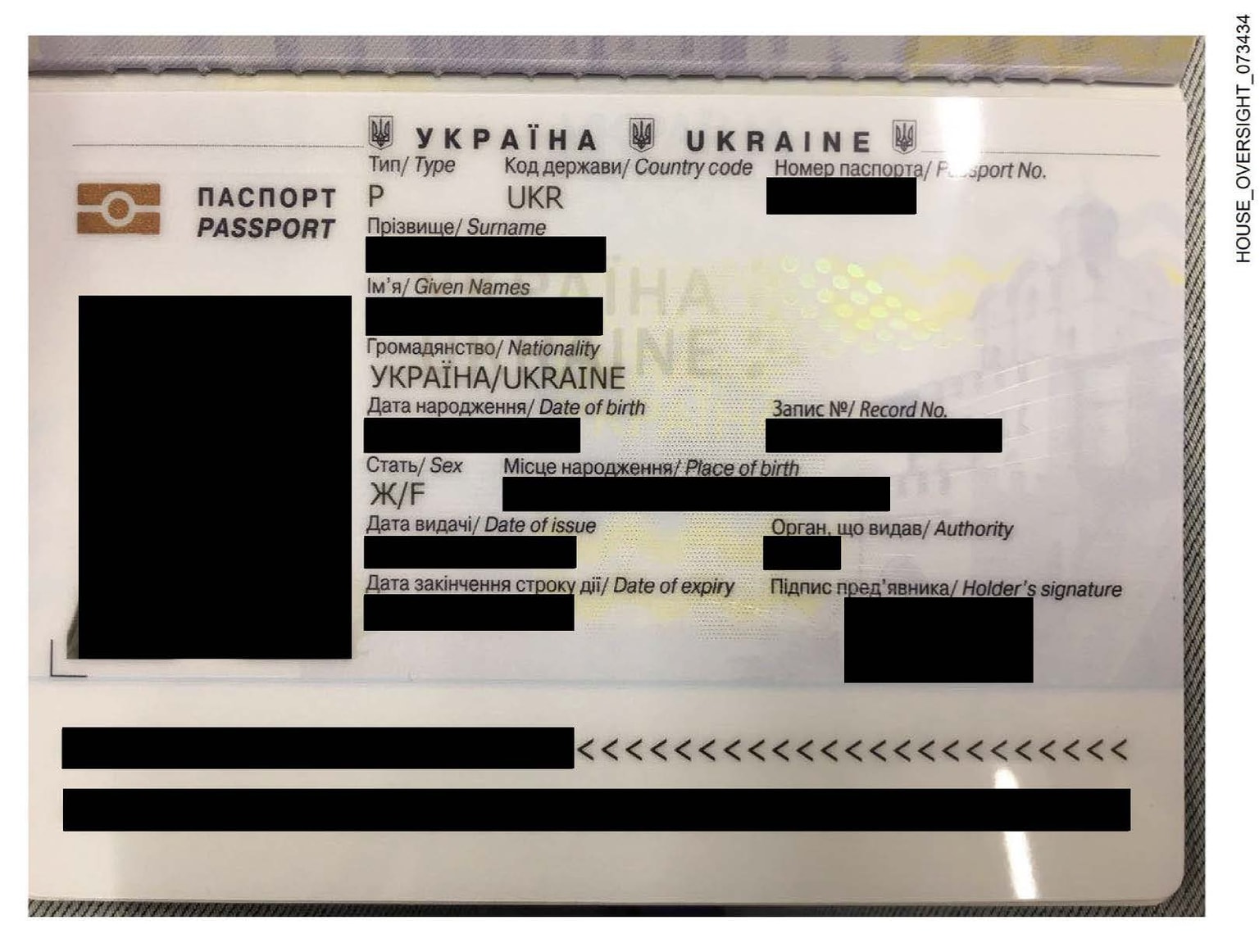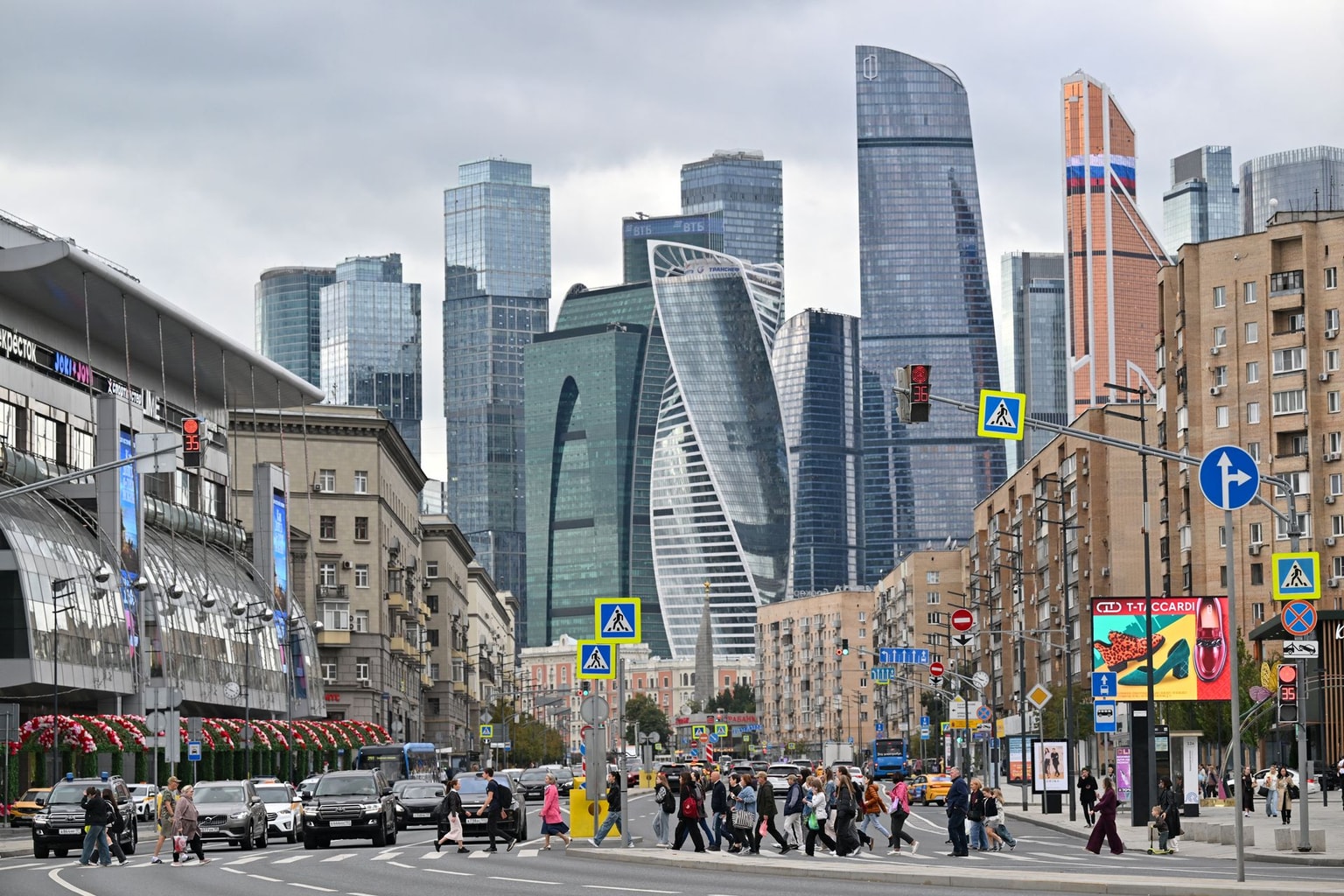
Russia's new mobilization law yet another sign Kremlin is preparing for war with NATO, analysts say
A Russian T-14 Armata tank participates in a Victory Day Parade night rehearsal on Tverskaya Street in Moscow, Russia, on May 4, 2022. (Oleg Nikishin / Getty Images)
Increased spending on defense and a new Russian conscription law are signs of the Kremlin's increasingly aggressive posture and preparations for future conflict with Europe and NATO states, according to analysts.
As Ukraine and its Western allies continue to sound the alarm about Moscow's long-term intentions, Russian lawmakers introduced a bill on July 22 that would allow year-round conscription.
If passed, the new system would replace the traditional bi-annual draft, enabling continuous replenishment of military personnel.
The development comes after recent Ukrainian warnings of a massive increase in Russian rearmament spending, and the creation last year of new military districts which experts say are potential preparations for future wars outside of Ukraine.
"All of these components — new military districts, changes in mobilization and defence spending — are suggesting that Russia is preparing for a protracted war, not just in Ukraine but also against NATO," Kateryna Stepanenko, Russia deputy team lead and analyst at the Institute for the Study of War (ISW), told the Kyiv Independent.
Russian mobilization
Russia effectively has two armies — a conscript army and a contract army.
Russia's conscript army is the country's standing armed forces that are required to defend Russia itself. To maintain this force, the Kremlin currently conducts conscription twice a year, in spring and fall, requiring eligible men to serve for one year.
But conscripts by law are not allowed to be sent abroad to fight wars in foreign countries.
Instead, the Kremlin has simply paid people to fight in Ukraine, offering huge sign-up bonuses to encourage people to volunteer and sign contracts, a method which, up to now, has managed to replenish the huge losses the army has incurred, but which many experts say is unsustainable.
"If this law is passed, it can be considered a stealth mobilization."
Throughout the full-scale invasion of Ukraine, Putin has steered clear of a full mobilization, conscious of the domestic backlash it would create.
But the Kremlin appears to be now taking at least partial steps towards this.
"Russia over the past couple of years has been dedicating a lot of resources and time to changing its mobilization system, digitizing it, making it more comprehensive, and investing lots of money into military patriotic education," Stepanenko said.


And in the latest move, Russian lawmakers introduced a bill on July 22 to allow continuous, year-round conscription on July 22.
"If this law is passed, it can be considered a stealth mobilization," Ukrainian defense expert, Denys Popovych, told the Kyiv Independent.
"There is a 99% chance that this law will be passed, because it was submitted by (Andriy) Kartopolov, who is (Russian President Vladimir) Putin's man, his mouthpiece. What he submits will largely be approved, and is agreed with Putin," he added.
Increased Russian rearmament spending
These changes in mobilization laws are, according to Kyiv, being accompanied by dramatic defense spending plans.
According to Ukraine’s intelligence chief, Kyrylo Budanov, Moscow plans to spend $1.1 trillion on rearmament by 2036, an unprecedented investment since the collapse of the Soviet Union.
"There is a total mobilization of politics, economy, and society of the Russian Federation to be ready for the upcoming large-scale war," Budanov said during the annual meeting of Ukrainian ambassadors on July 22.
"The Kremlin's theory of victory is that it can outlast Western support and Ukrainian resistance."
As part of this reform, Russia has already created two new military districts — Moscow and Leningrad — and is preparing to form additional divisions and military units. Budanov said the Kremlin's goal is not just regional domination but a reshaping of the global order.
Asked why Budanov specifically mentioned the year 2036, Stepanenko believes that this date aligns with the Kremlin’s tendency to avoid abrupt or sudden decisions, understanding that a rapid and general mobilization of the population or a sudden pivot to increase defense spending could "upset the Russian people."

"I think mobilization is probably the most concerning issue for Russians, as many of them are extremely worried about being mobilized or having family members mobilized," she said.
"So the Kremlin is taking a long-term approach. The Kremlin's theory of victory is that it can outlast Western support and Ukrainian resistance."
The struggling Russian economy
Another factor in Russia's desire to increase mobilization is simply that it might not be able to afford to pay the huge sums necessary to sign contracts for much longer.
"Russia's budget is currently bursting at the seams," Popovych said. "Many industries and transport sectors have collapsed due to sanctions. Therefore, they will obviously not have enough money to recruit people for the war, as they are doing now."
Currently, Western sanctions against Russia are still in place, and the EU has just announced its 18th package.Russia's defense spending has already overtaken that of all European countries combined.
In 2024, its military budget surged by 42% to $462 billion, surpassing Europe's collective defense expenditure of $457 billion, according to the International Institute for Strategic Studies.
"One of the Kremlin’s objectives is to defeat NATO, seize Ukraine and Belarus, and restore the Russian empire — then become a world hegemon."
"It does seem that Russia is trying to establish some sort of wartime economy. There are a couple of indications besides the increase in things ending on defense," Stepanenko said.
According to Stepanenko, the Kremlin is pursuing a strategy of deeper nationalization and centralization to sustain and scale military production.
"The Kremlin is currently trying to prepare Russians to embrace more economic setbacks and more economic sacrifices in favor of this kind of long-term defense spending," Stepanenko said.


Some regional governments are beginning to prioritize defense spending and military contracts, even if it means reducing civilian programs.
"Russia will save money by cutting social spending to develop its military-industrial sector. We know from the history of wars that whenever the military sector develops, social spending is cut," Popovych said.
Russia's long-term goal
Stepanenko said the Kremlin wants to change the world order "to essentially displace the Western world order."
"The Kremlin is posing itself as the new world power, so it's trying to expand its influence in Latin America, Asia, and Africa," she said.
"One of the Kremlin’s objectives is to defeat NATO, seize Ukraine and Belarus, and restore the Russian empire — then become a world hegemon."
And some Western leaders are taking the threat seriously — Polish Prime Minister Donald Tusk said on July 25 that Russia will likely be ready for a potential military confrontation with Europe within the next two years.









